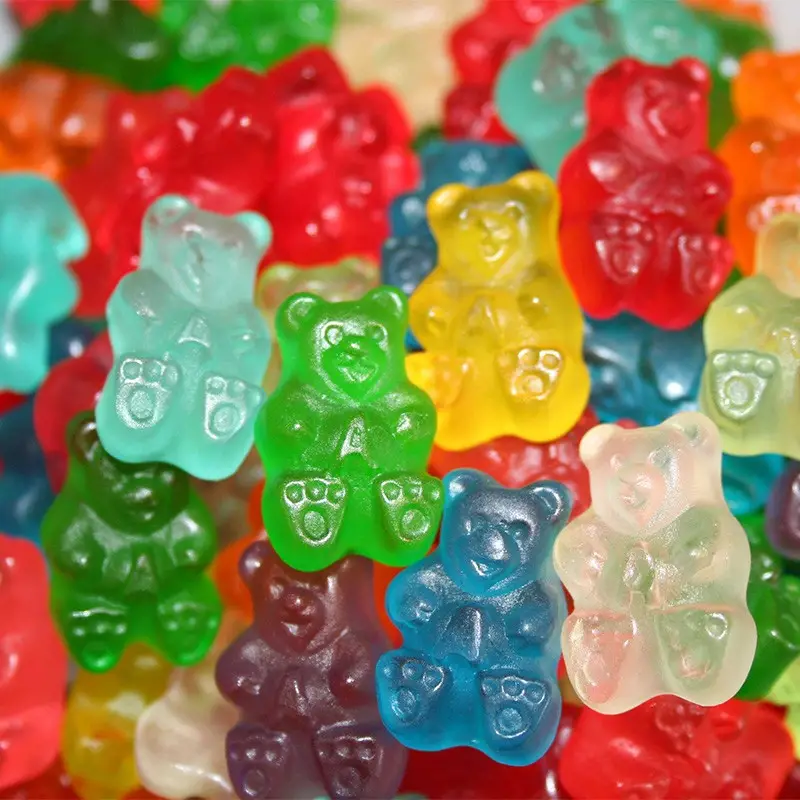Gummy bears are a popular candy that has been enjoyed by people of all ages for many years. These chewy, colorful candies come in a variety of flavors and are loved for their fun shape and texture. In this article, we will explore the history of gummy bears, how they are made, and their impact on the candy industry.
History of Gummy Bears
Gummy bears were first created in 1922 by Hans Riegel, a German candy maker. Riegel was inspired to create a new candy that was different from traditional hard candies and chocolates. He experimented with a recipe made from gelatin, sugar, and fruit flavoring, and the gummy bear was born.
The original gummy bears were shaped like bears and came in five flavors: raspberry, lemon, orange, strawberry, and pineapple. They were an instant success and quickly became a popular candy in Germany.
In the 1980s, Haribo, a German candy company founded by Riegel, began selling gummy bears in the United States. The candy was a hit with American consumers and soon became a staple in candy stores across the country.
Today, gummy bears are sold all over the world and come in a wide variety of shapes, flavors, and sizes. They are a beloved candy that has stood the test of time.
How Gummy Bears are Made
Gummy bears are made from a mixture of gelatin, sugar, flavorings, and colorings. The process of making gummy bears starts with heating the ingredients in a large mixing tank. The mixture is then poured into molds, which are shaped like the classic gummy bear.
The molds are then cooled, and the gummy bears are removed from the molds and coated with a thin layer of oil to prevent them from sticking together. Finally, the gummy bears are packaged and shipped to stores.
There are many variations of gummy bears available, including sour gummy bears, sugar-free gummy bears, and gummy bears that are made with real fruit juice. The production process for each of these types of gummy bears is similar, with minor variations in ingredients and cooking times.
Impact of Gummy Bears on the Candy Industry
Gummy bears have had a significant impact on the candy industry. They have become one of the most popular candies in the world and have spawned a wide variety of gummy candy products, including worms, frogs, and fish.
In addition, gummy bears have inspired many other candy makers to create their own versions of the candy. Today, there are countless brands of gummy bears available, each with its own unique flavor and texture.
Gummy bears have also been the subject of many experiments and challenges, including the infamous “World's Largest Gummy Bear” and the “Gummy Bear Cleanse,” where people attempt to eat only gummy bears for a set period of time.
The popularity of gummy bears has also led to the creation of gummy bear-themed merchandise, including clothing, accessories, and even furniture.
Conclusion
Gummy bears are a beloved candy that has been enjoyed by people all over the world for nearly a century. They were first created in Germany by Hans Riegel and quickly became a hit in the United States when they were introduced in the 1980s.
The production process for gummy bears is relatively simple, but the candy has had a significant impact on the candy industry. It has inspired countless other gummy candy products and has led to the creation of gummy bear-themed merchandise.
Whether you love them or hate them, it is hard to deny the impact that gummy bears have had on the world of candy. They are a classic candy that is sure to be enjoyed for many years to come.







